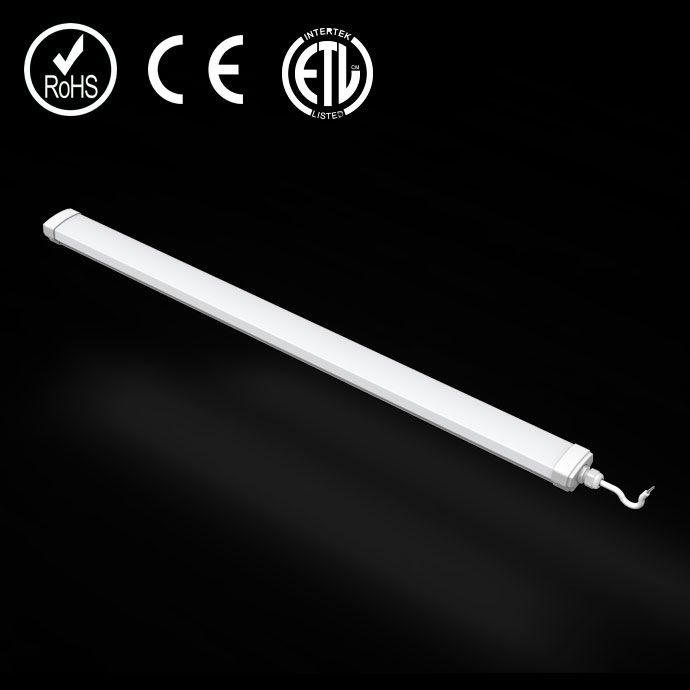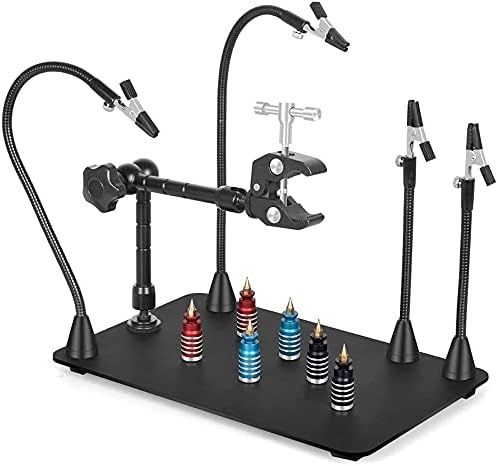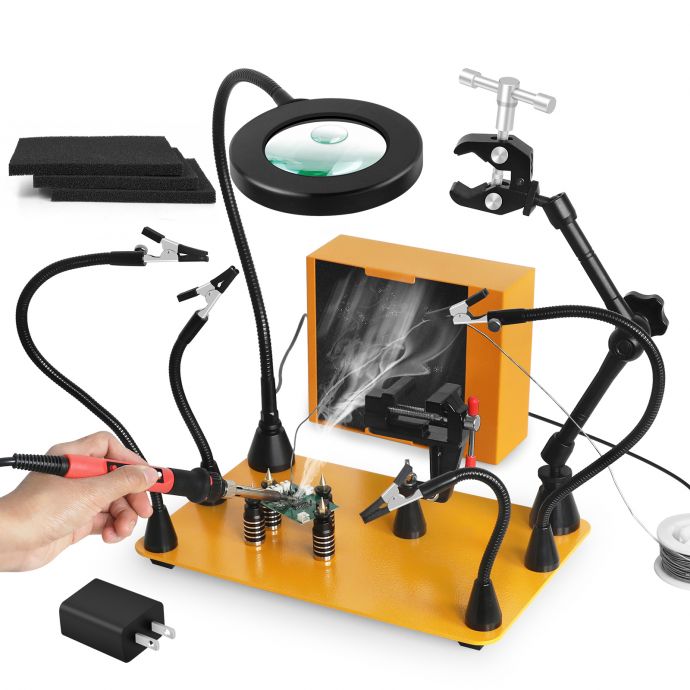In today’s competitive landscape, precision is paramount across various fields, from manufacturing to data analysis, healthcare, and beyond. Achieving high precision not only enhances quality but also boosts efficiency and sustainability. This article explores methods and strategies to maximize precision, empowering businesses and professionals to excel in their respective domains.
Precision stands as the cornerstone of quality output. In industries such as automotive manufacturing, electronics, and aerospace, even the smallest deviation can lead to significant issues ranging from safety concerns to product recalls. Thus, maximizing precision is not just a goal but a necessity. Here are key strategies to consider:

1. **Technology Integration**: Leveraging advanced technologies such as machine learning, Internet of Things (IoT), and robotics can significantly enhance precision. For example, the use of machine learning algorithms in predictive maintenance allows for timely interventions, thereby reducing errors and enhancing precision in operations. IoT sensors can provide real-time data, enabling more accurate control over production processes.
2. **Process Optimization**: Streamlining processes to eliminate redundancies and ensure continuous flow of operations is essential. Techniques such as Six Sigma and Lean Manufacturing focus on reducing variation and waste, thereby improving precision. These methodologies involve rigorous data analysis and structured problem-solving approaches to fine-tune processes for maximum accuracy.
3. **Quality Control and Assurance**: Implementing robust quality control measures ensures that each step in a process meets predefined standards. Regular inspections, testing, and audits are crucial. Moreover, establishing a culture of quality across an organization ensures that everyone is committed to precision, from top management to floor workers.

4. **Training and Skill Development**: Workers skilled in the latest techniques and technologies are essential for maintaining high precision. Continuous training programs help employees stay updated with industry developments and enhance their ability to perform tasks with accuracy. Mentorship and hands-on workshops further cement their learning and adaptiveness.
5. **Standardization**: Developing and adhering to industry standards can substantially improve precision. Standards ensure consistency and repeatability, which are vital for accuracy. Organizations should aim to not only meet but exceed these standards, which often serve as benchmarks for precision and quality.
6. **Feedback Loops and Data Utilization**: Establishing efficient feedback loops helps in identifying deviations early and correcting them swiftly. Utilizing big data and analytics, organizations can gain insights into performance metrics and areas needing improvement. Data-driven decision-making allows for proactive rather than reactive measures, leading to enhanced precision.

7. **Advanced Measurement Techniques**: Employing high-precision measurement tools and techniques enables accurate assessments. Tools such as coordinate measuring machines (CMM) and laser scanners provide precise data and help identify discrepancies. Regular calibration of instruments ensures that measurements remain accurate over time.
8. **Environmental Control**: Many processes are sensitive to environmental conditions such as temperature, humidity, and dust. Tight control over these variables can prevent errors. Cleanrooms and controlled environments are especially important in sectors like semiconductor manufacturing and pharmaceuticals.
9. **Risk Management**: Identifying potential risks and implementing mitigation plans can prevent precision-related issues. Risk management involves a systematic approach to identifying, assessing, and prioritizing risks, followed by coordinated efforts to minimize their impact.

10. **Innovation and Continuous Improvement**: Encouraging a culture of innovation leads to the discovery of new methods to enhance precision. Regular reviews of processes and open channels for suggestions encourage continuous improvement. Incremental improvements over time lead to significant advancements in precision.
Precision is not a static goal but a dynamic process that requires commitment, analysis, and adaptation. In today’s global economy, where even minor improvements can lead to substantial competitive advantages, maximizing precision can make a critical difference. Organizations must focus on developing a holistic strategy incorporating technology, training, innovation, and relentless pursuit of quality. Strategies tailored to specific industry needs and organizational contexts will yield the best results in maximizing precision.
In conclusion, maximizing precision is an ongoing journey that demands dedication and strategic foresight. By integrating cutting-edge technology, fostering a culture of continuous improvement, and maintaining rigorous quality control standards, organizations can ensure they not only meet but exceed precision requirements. As industries continue to evolve, those who prioritize precision will remain at the forefront of innovation and quality, leading to sustained success and excellence.






